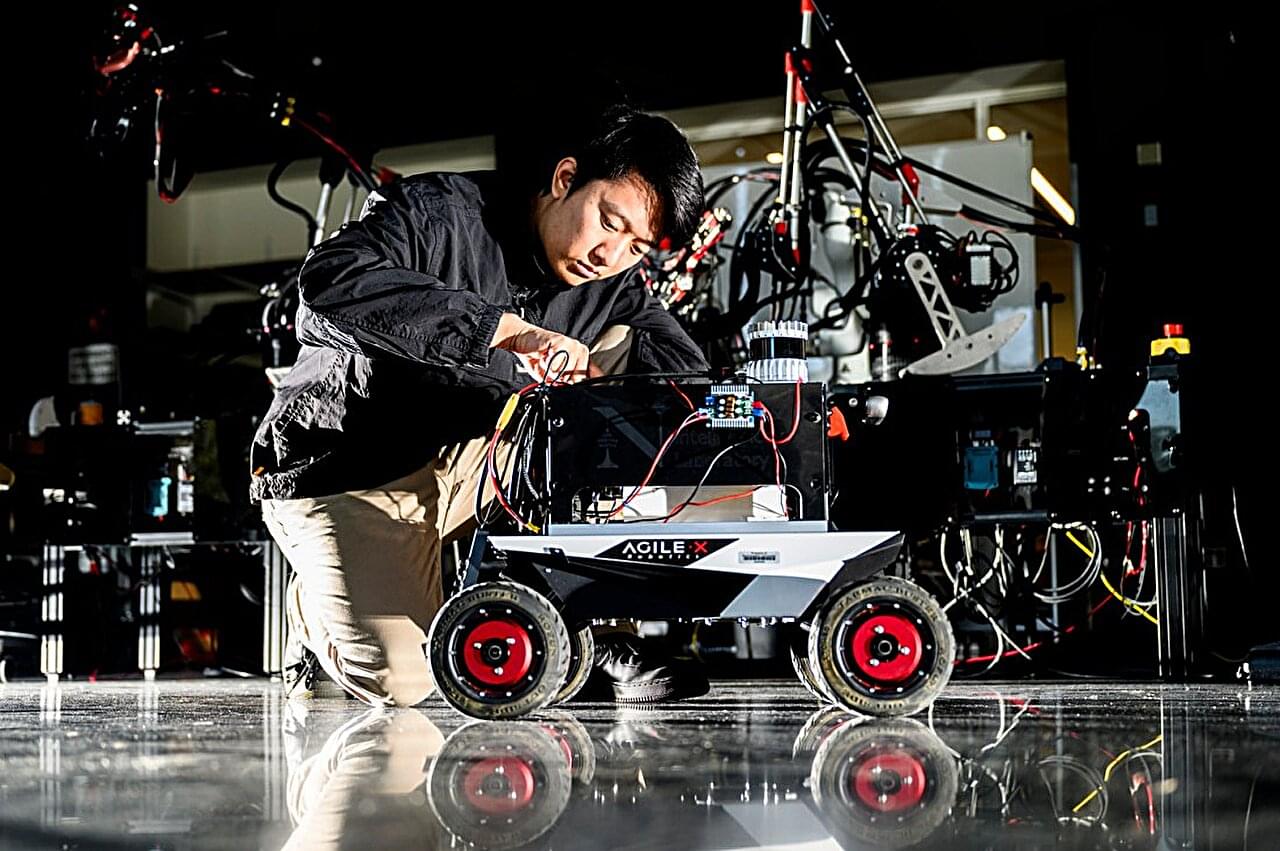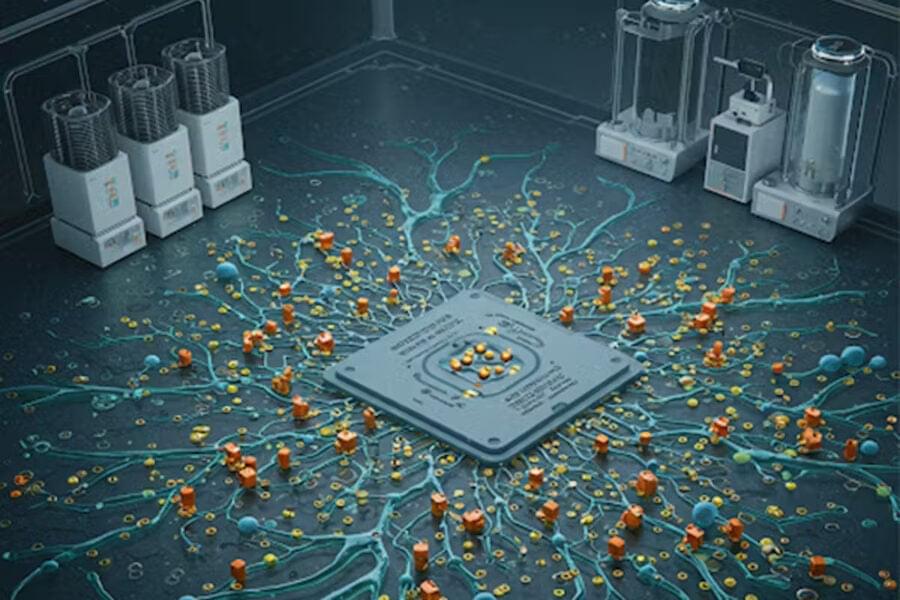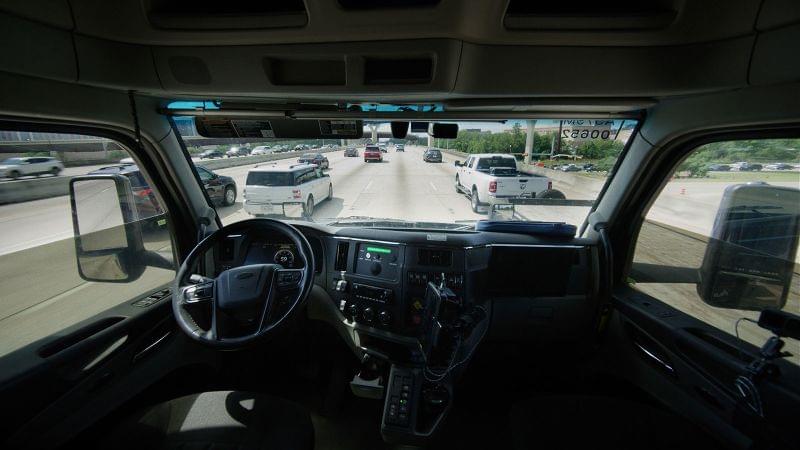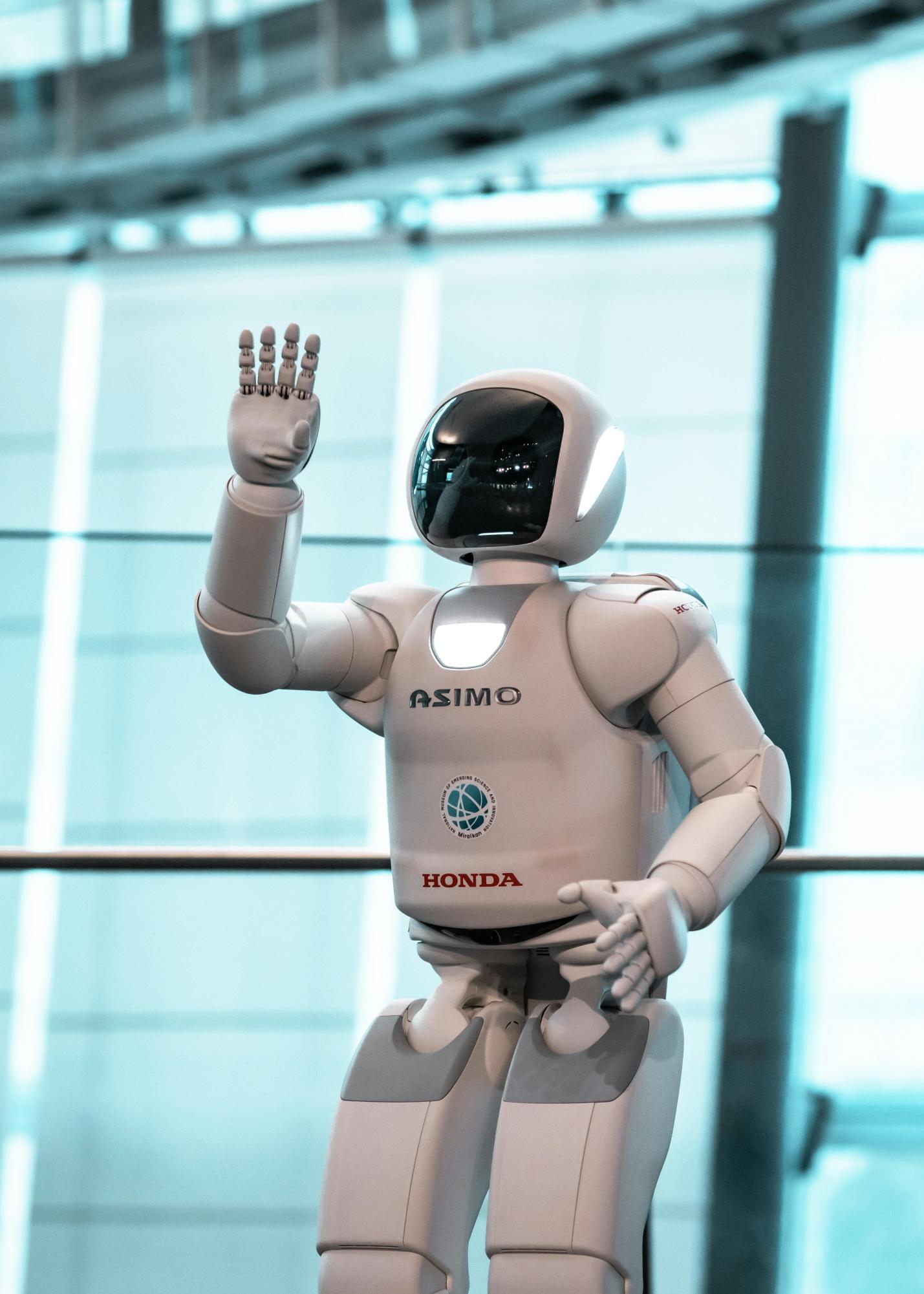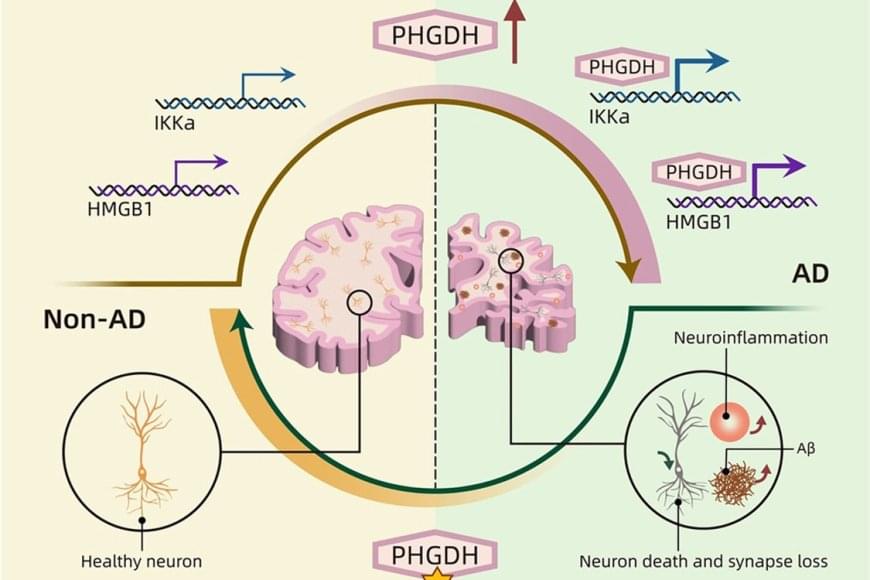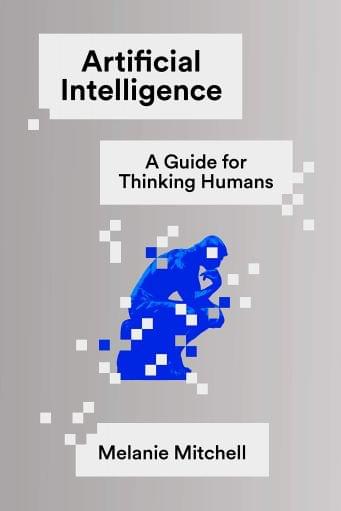Recent advances in robotics and machine learning have enabled the automation of many real-world tasks, including various manufacturing and industrial processes. Among other applications, robotic and artificial intelligence (AI) systems have been successfully used to automate some steps in manufacturing clothes.
Researchers at Laurentian University in Canada recently set out to explore the possibility of fully automating the knitting of clothes. To do this, they developed a model to convert fabric images into comprehensive instructions that knitting robots could read and follow. Their model, outlined in a paper published in Electronics, was found to successfully realize patterns for the creation of single-yarn and multi-yarn knitted items of clothing.
“Our paper addresses the challenge of automating knitting by converting fabric images into machine-readable instructions,” Xingyu Zheng and Mengcheng Lau, co-authors of the paper, told Tech Xplore.

